Risk allocation and mitigation in energy projects
As the landscape for new energy projects evolves, parties are reassessing their appetite for risk and proactively seeking solutions to ensure success.

With an unprecedented momentum for the construction of new major projects linked to the shift away from fossil fuels and the development of a low-carbon economy, there is a real focus on construction law issues relevant to such projects
The widespread recognition of the urgent need to transition away from fossil fuels in energy systems, combined with a drive to decarbonize hard-to-abate industries, corporate and geopolitical tussles for supply chain security and market share for new green technologies, as well as various regulatory incentives and trade barriers, are collectively building unprecedented momentum for the investment in and construction of new major projects.
Such construction projects are no longer limited to wind, solar and other renewable energy; significant capital expenditure is also necessary to revolutionize heavy-emitting, fossil fuel-dependent industries such as steelmaking, alumina refining and cement production. This transformation may involve re-engineering existing plants to utilize clean energy sources and eliminate the need for coal and natural gas or adding carbon capture facilities to emitting plants.
As the transportation industry undergoes a revolution, entirely new industries are emerging, including pioneering projects for synthetic aviation fuel and gigafactories for batteries to support carbon-free mass transport. The rapid growth of the digital world, along with the current boom in Generative AI, is fueling the proliferation of data centers—one of the most energy-intensive building types—driving in turn their own need to limit electricity consumption and carbon footprint in order to achieve net-zero.
In this compendium, we take a closer look at the complexities and challenges of refurbishing and retrofitting brownfield industrial projects for a low-carbon future. We also explore methods for developing new data center projects in a more sustainable way, resulting in reduced carbon emissions.
The construction industry faces the challenge of finding appropriate and sustainable procurement and contracting structures for delivering these low-carbon projects. Many projects are of such scale or involve so many new technology risks that traditional procurement structures need to be revisited and challenged, often with the aim of better managing and sharing risks between the contracting parties, and ensuring the nurturing of new technologies.
We examine the growing use of multi-contract procurement structures in the US, and the use of collaborative contracting strategies in Australia, as well as an array of "green" contract provisions that have been introduced in FIDIC, NEC and JCT contracts to track ESG issues arising out of new construction projects.
Lastly, given that English law remains one of the dominant choices for governing major construction contracts in many jurisdictions, we conclude the compendium with an overview of the major recent developments in English construction law.
We hope you will find this compendium a useful and thought-provoking read, and look forward to exploring these themes as the landscape of major construction projects continues to evolve.
As the landscape for new energy projects evolves, parties are reassessing their appetite for risk and proactively seeking solutions to ensure success.
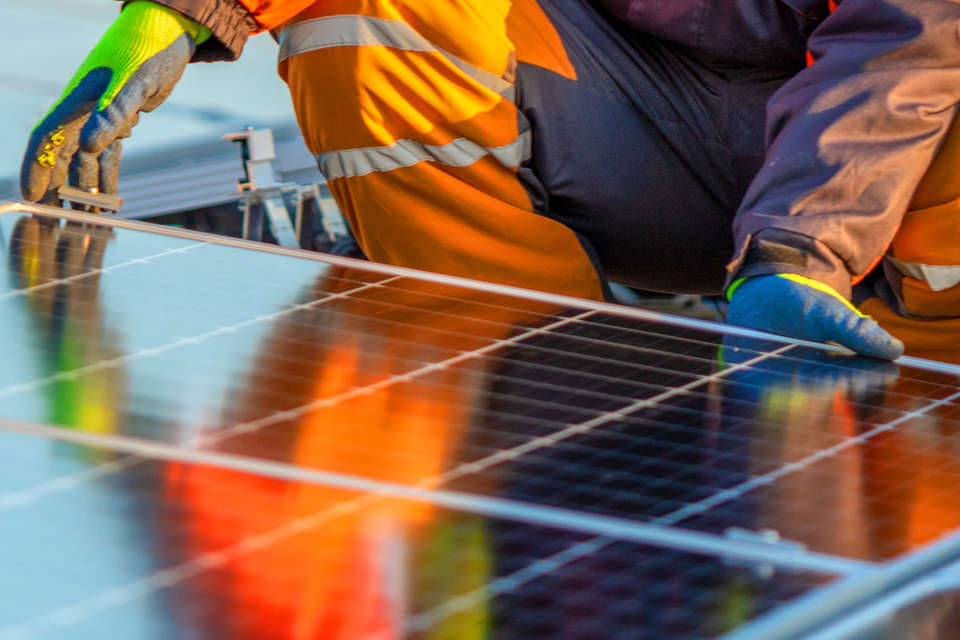
There is significant interest in investing into the rejuvenation of brownfield projects, but these projects face construction law challenges.
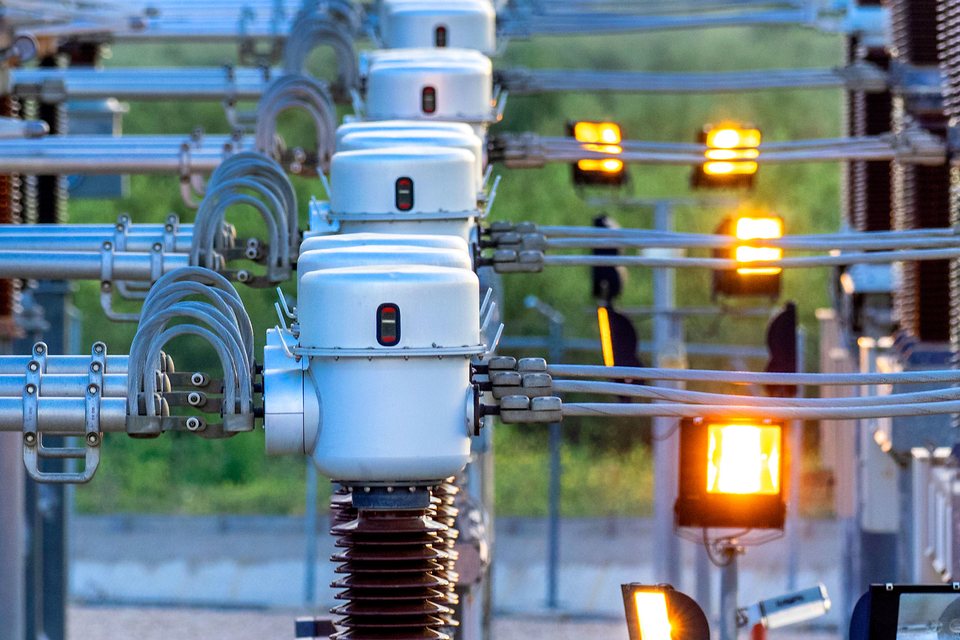
As the urgency to combat climate change escalates, the construction and engineering sectors are stepping up to the challenge. With a growing emphasis on net-zero solutions, contractual provisions tailored to sustainability are gaining momentum, highlighting a pivotal shift toward greener practices within these industries.
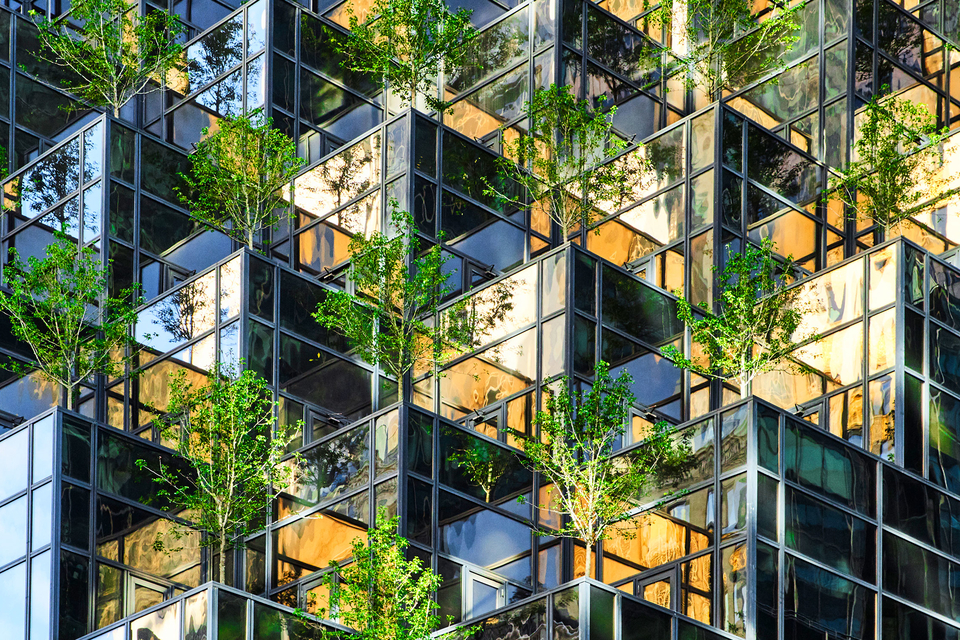
In recent years, escalation and price volatility have re-emerged in the global economy. The impact on large energy and infrastructure projects will be significant: Owners and contractors need to react and adapt.
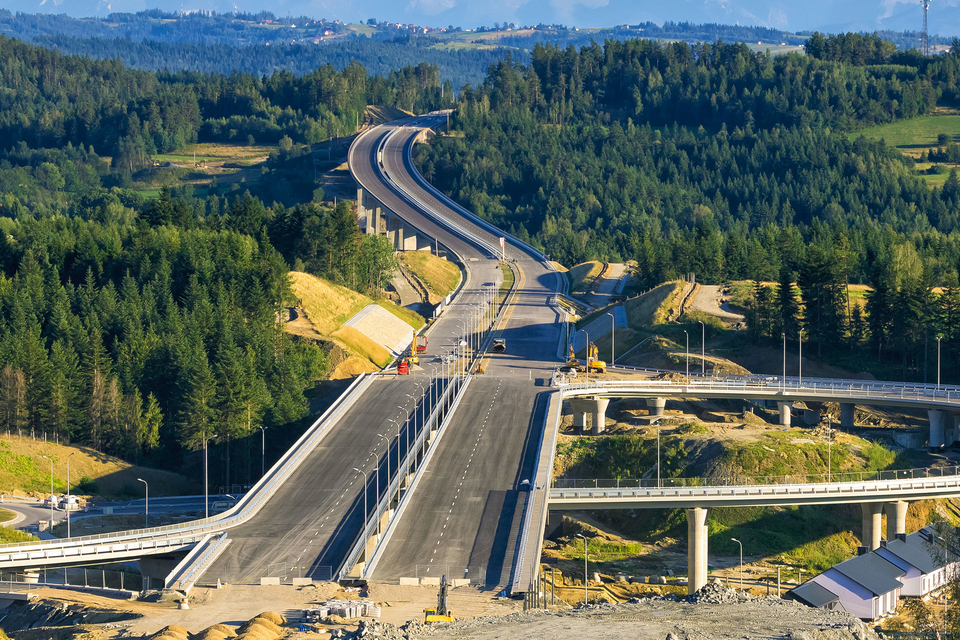
As the demand for data storage grows, so does the need for more data centers with ever-increasing capacity. We examine new ways for developers to reduce energy consumption.
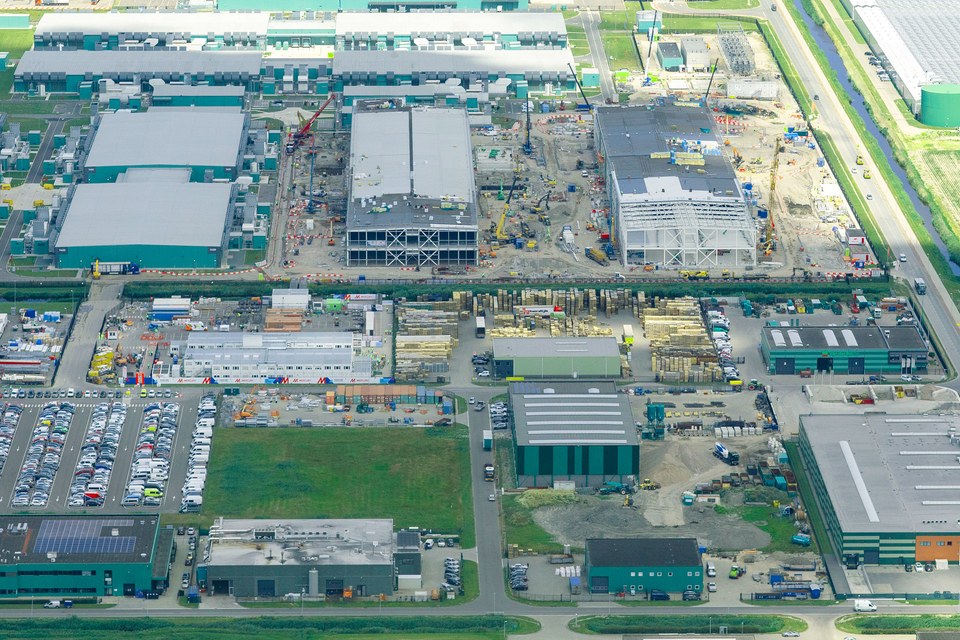
Amid the intricate landscape of Australia’s construction industry and geopolitical challenges looming large, collaborative contracting emerges as a powerful strategy for stakeholders across construction projects in Australia.
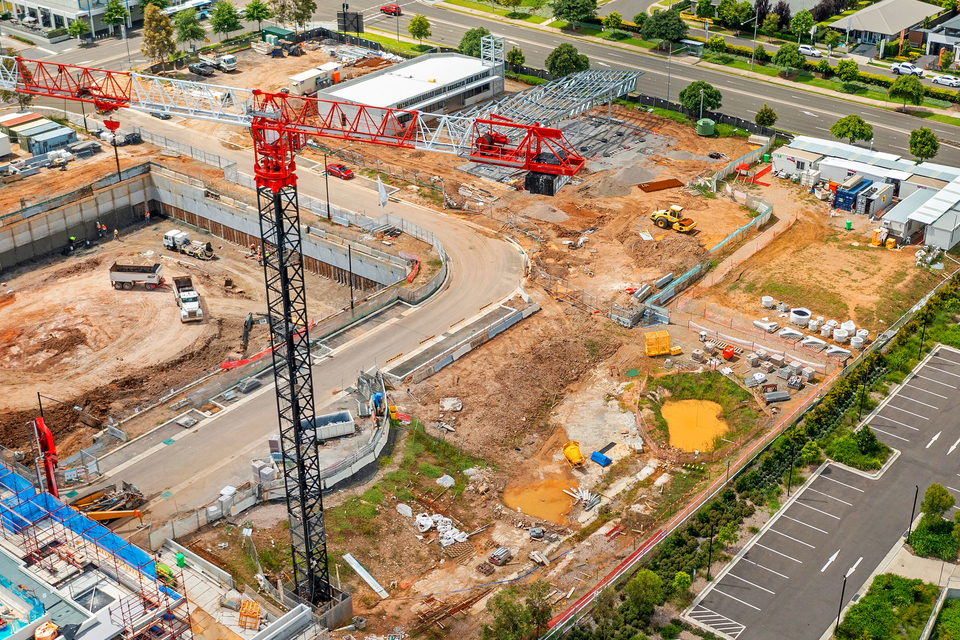
There have been a number of important developments in English construction law during the past two years, several of which relate to, or arose in the context of, building and fire safety. We examine their ramifications.
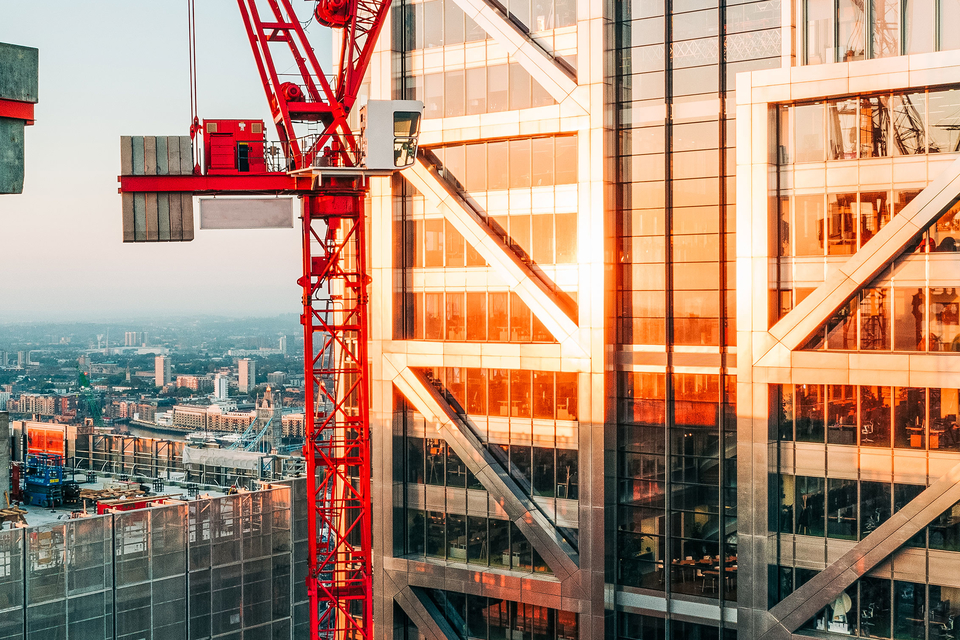
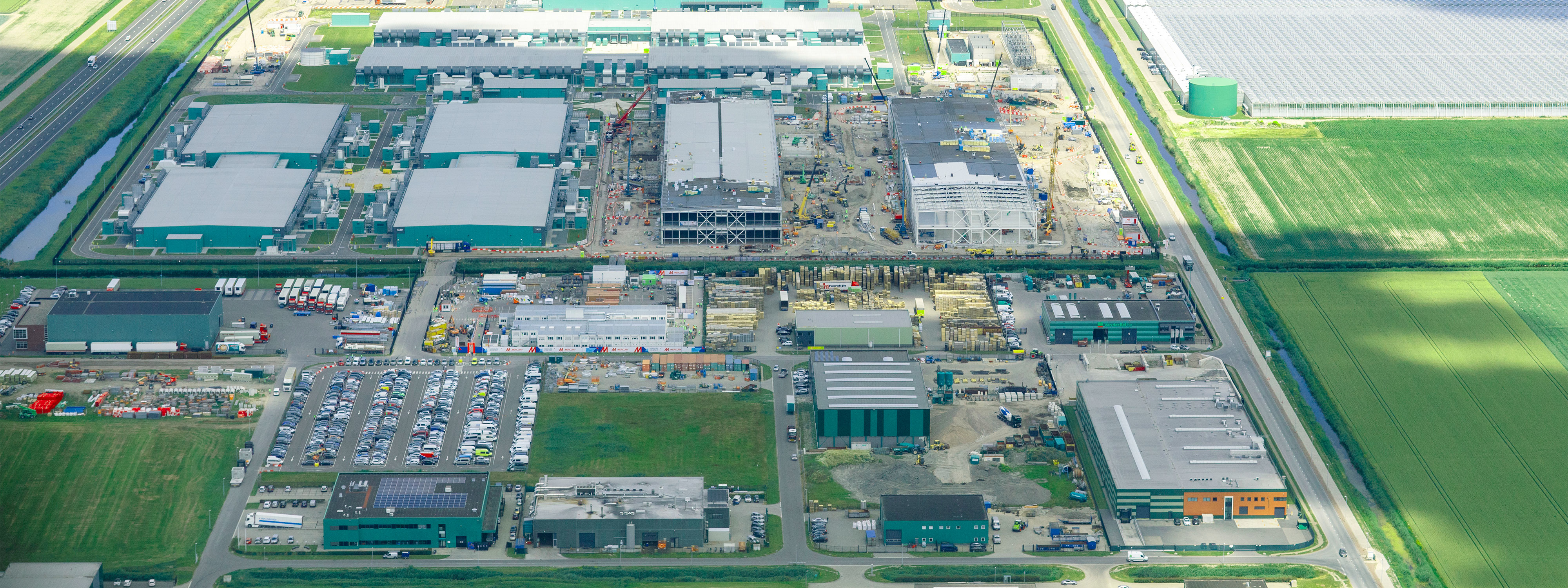
As the demand for data storage grows, so does the need for more data centers with ever-increasing capacity. We examine new ways for developers to reduce energy consumption.
Data centers have become critical infrastructure for many services that function globally, and yet, at the same time, they are under close scrutiny for their high, and sometimes inefficient, energy consumption. To service the demand and improve the reputation of data centers as a more sustainable resource, developers are looking for new ways to source energy while also reducing each data center's energy consumption.
3%
Data centers consume about 3 percent of the world’s electricity
Data centers consume about 3 percent of the world's electricity. This substantial energy consumption is set to increase in the future as more data is stored and processed in data centers. The developer and construction industry has shown continued confidence in the growth of data centers. For example, during construction procurement, it is not unusual to see preparatory design, procurement and sometimes construction activities commencing well before an end-user of the data center is secured.
There is also an increase in the frequency of construction contracts within the sector being split into sections, with multiple options to instruct additional sections to expand capacity if and as additional power is sourced, which further highlights the need for developers to consider alternative ways to source power and reduce energy consumption.
The focus on reducing energy consumption in data centers is not new; many within the industry are well aware of the need to promote and implement greener and more sustainable ways of operating. This topic has gained increasing attention and momentum recently, brought about in part by many global initiatives aiming for net-zero driving an ethical incentive, but also runaway energy pricing underlining the commercial requirement to bring down energy use.
One of the key issues is that data centers require a continuous and stable supply of energy in order to operate. This is necessary not only to operate the servers, but also to maintain the core operational equipment to maximize operational efficiency and avoid downtime. Any outage or downtime can have significant financial repercussions for data center developers by way of damages payable to tenants who may be leasing the data centers, as well as direct losses to end-users.
In the drive toward greener data centers, two key strategies emerge: the use of renewable power and the reduction of power usage through more efficient technology
In the drive toward greener data centers, two key strategies emerge: the use of renewable power and the reduction of power usage through more efficient technology.
There has been a notable rise of co-location of data centers constructed with renewable energy-generating assets. In addition, following recent improvements in battery technology, energy storage options are being used more frequently to reduce the risk of outages and provide power supply stability while avoiding the need to draw energy from the grid at peak times.
For example, a major hyperscale developer in Belgium is working in partnership to develop the supply and optimization of a zero-emission energy backup system at a hyperscale data center. Relatedly, this increased colocation with renewable assets has focused attention on the location of data centers and whether natural resources can be harnessed as a renewable power source. Currently under development are projects in Australia running off of 100 percent solar power, and projects in the Nordics using geothermal and hydroelectric resources as their only or main source of power.
However, switching the energy source to renewable energy is not a complete solution. With data center energy needs expected to continue to increase, together with the general demands for power across all sectors, draining the grid of renewable power will only cause shortfalls elsewhere.
This leads to the second option: Data center developers are looking to other technology to improve energy efficiency in the operation of data centers, such as alternative cooling technology.
Cooling data centers accounts for a vast portion of a data center's total energy consumption, and alternative methods of cooling is one of the key areas of focus in the challenge to improve energy efficiency. Various methods being tested and employed across the globe harness natural resources for cooling. For example, projects in Japan are testing the use of snow; sea water is being used in Finland; and geothermal techniques are in operation in locations such as Iceland and Norway.
Separately and while not a natural resource, there are also efforts to reduce energy usage through developments in the use of liquid cooling and two-phase immersion cooling techniques.
To date, data centers have typically been let using a two-stage procurement process with separate contracts for the shell and core, and then the fit-out of the data center, in each case often on a design-and-build basis. Further ancillary works, such as cable routing or substation construction, are then often contracted for separately, with some but limited interface obligations with the main contractor.
However, for projects with energy-producing assets or energy storage assets constructed as part of or in conjunction with the data center, there is a trend toward multi-package construction contracts with enhanced integrated interface obligations between the power generation asset and the data center.
In addition, as is more common with power-generating assets or energy storage assets, further focus on performance warranties for the data center (such as energy consumption and heat production) is developing.
There is growing pressure across the industry to become greener and more sustainable
The dependency and need for data storage is only increasing, and there is growing pressure across the industry to become greener and more sustainable.
At a corporate level, many key data center users have published sizeable targets for renewable energy sources for their data centers.
At a governmental level, growing energy consumption, in particular, by the sector has drawn increased scrutiny. Data center developers that are able to make the transition to renewable energy or utilize innovative technology developments to re-brand as efficient and sustainable energy users will anchor themselves as key players in this ever-growing industry.
White & Case means the international legal practice comprising White & Case LLP, a New York State registered limited liability partnership, White & Case LLP, a limited liability partnership incorporated under English law and all other affiliated partnerships, companies and entities.
This article is prepared for the general information of interested persons. It is not, and does not attempt to be, comprehensive in nature. Due to the general nature of its content, it should not be regarded as legal advice.
© 2024 White & Case LLP